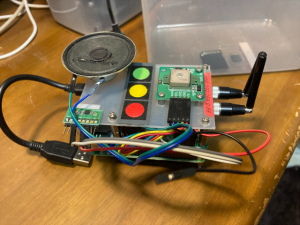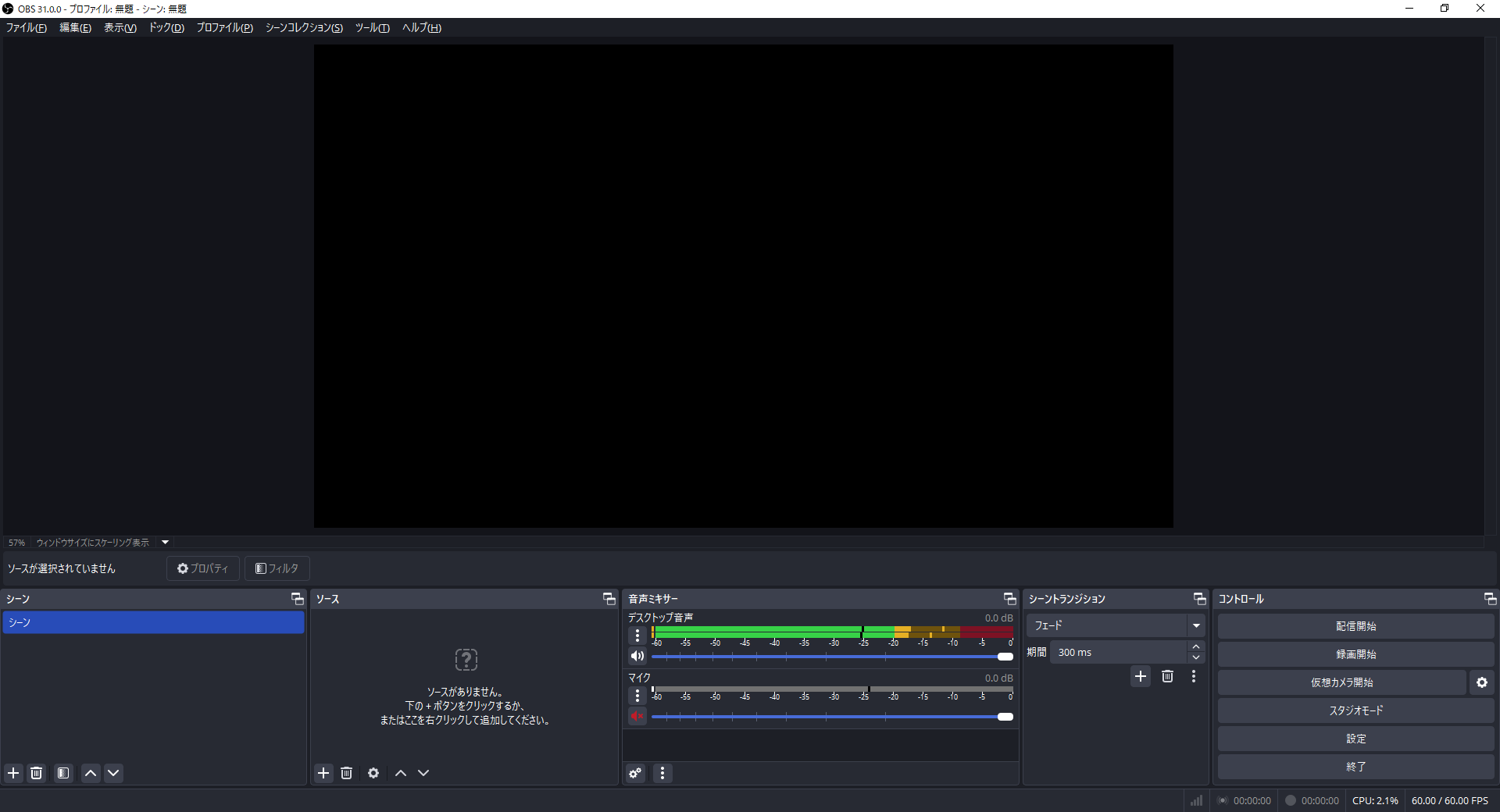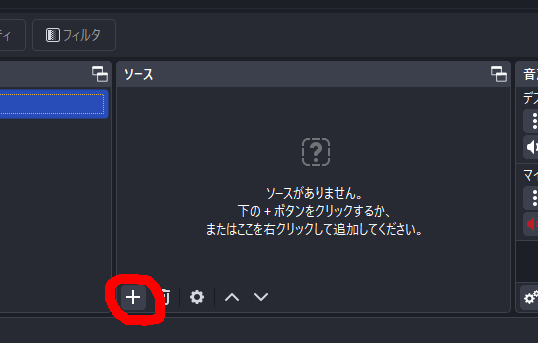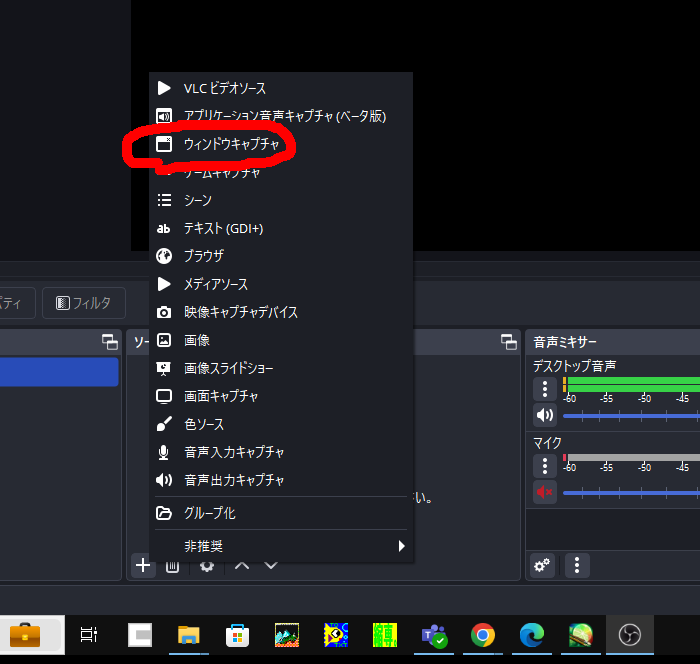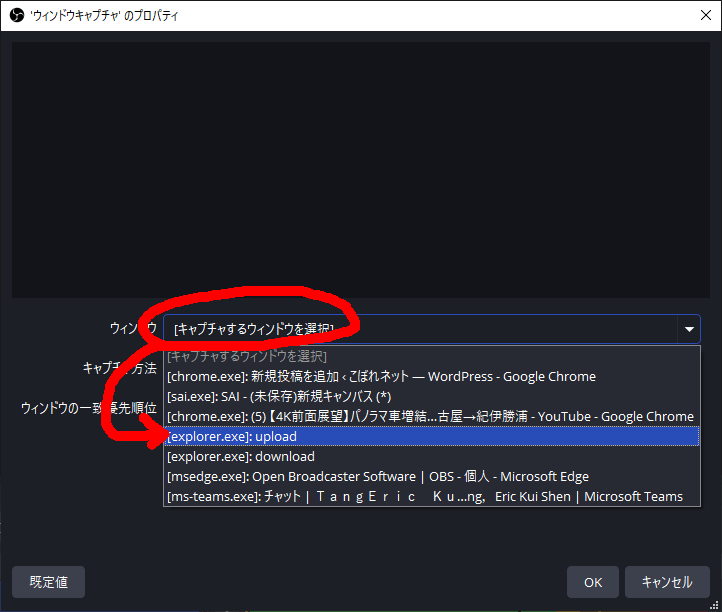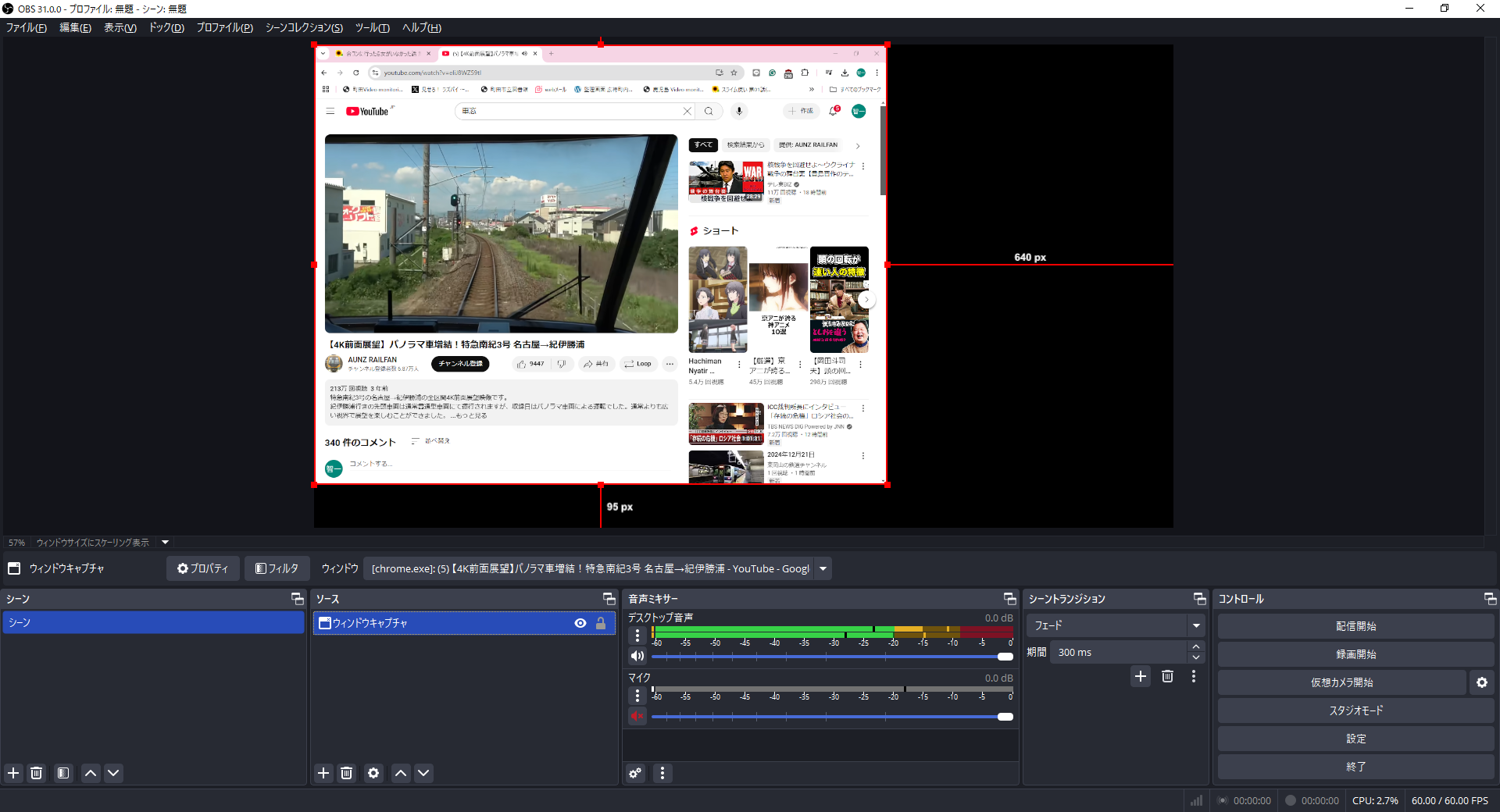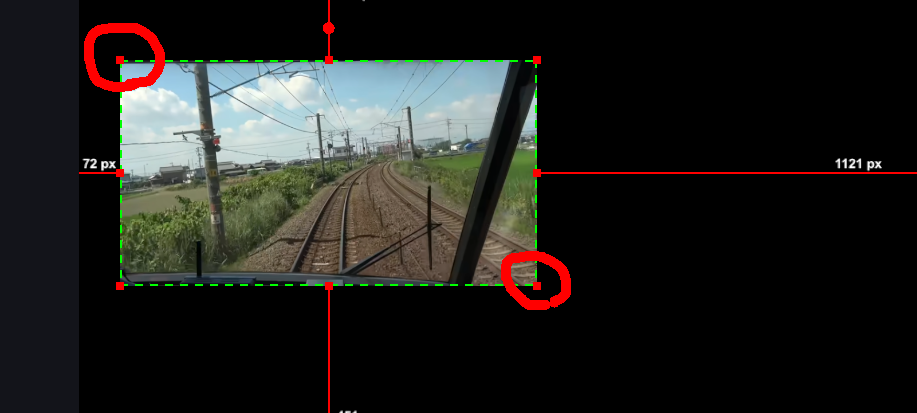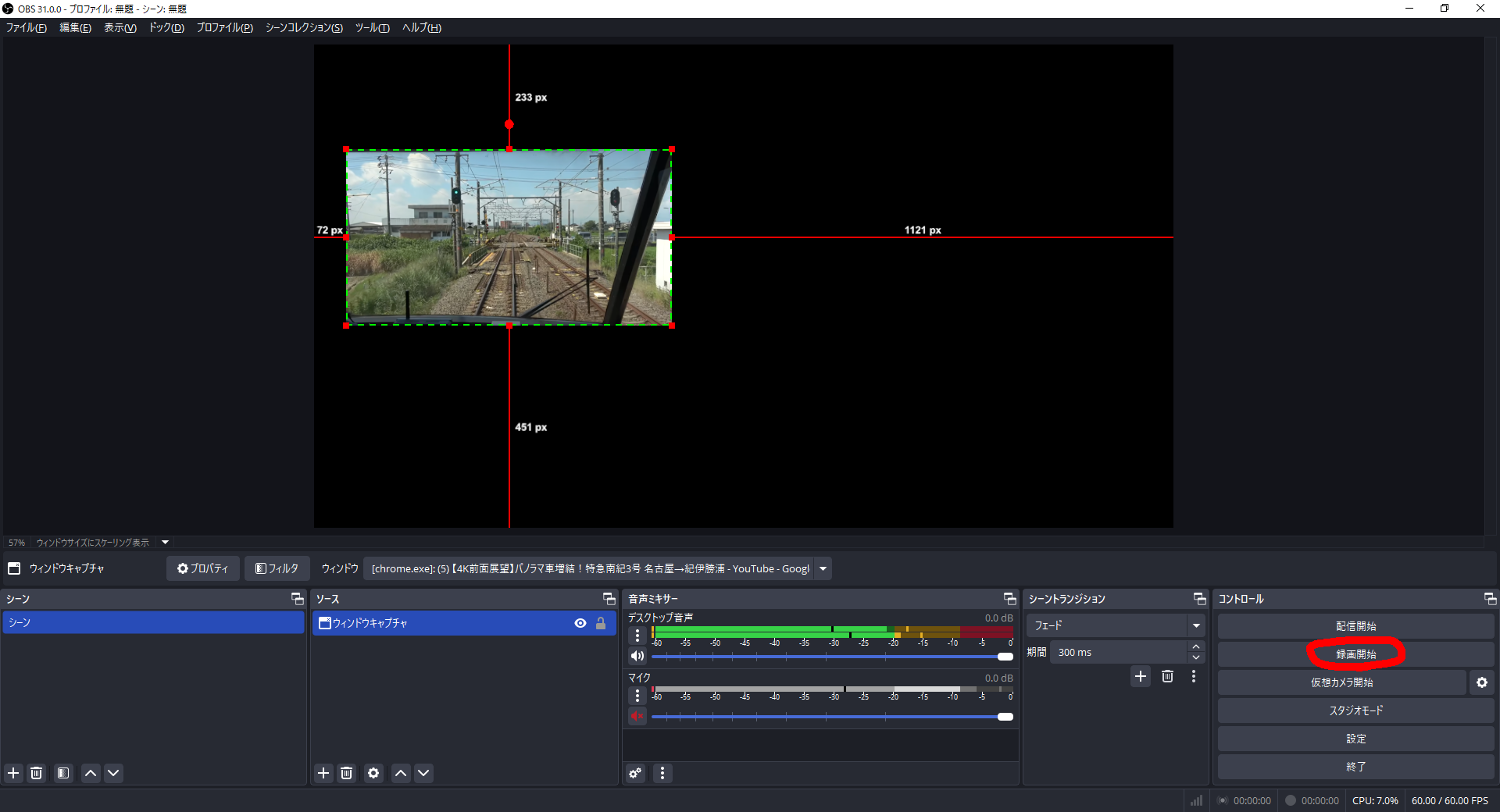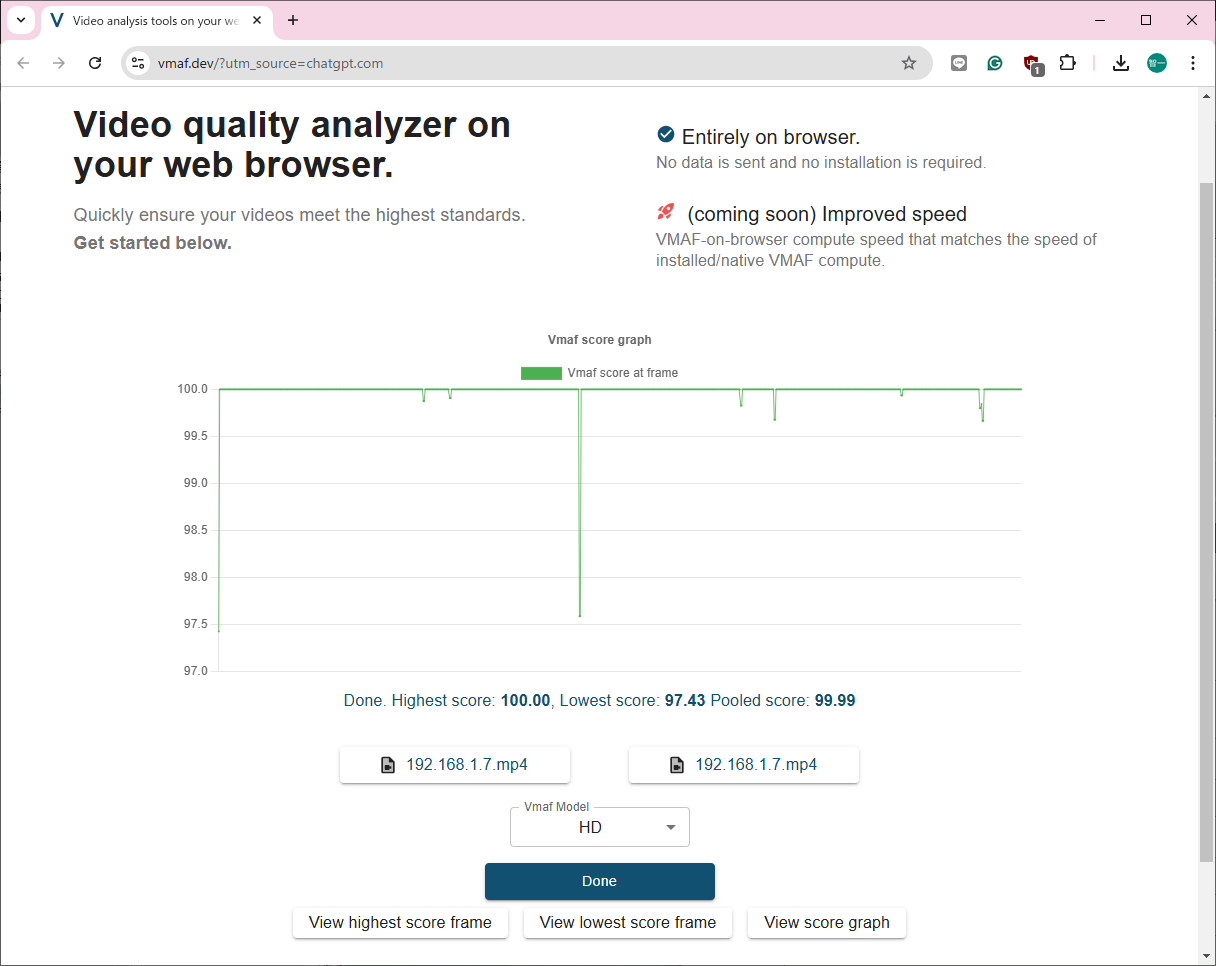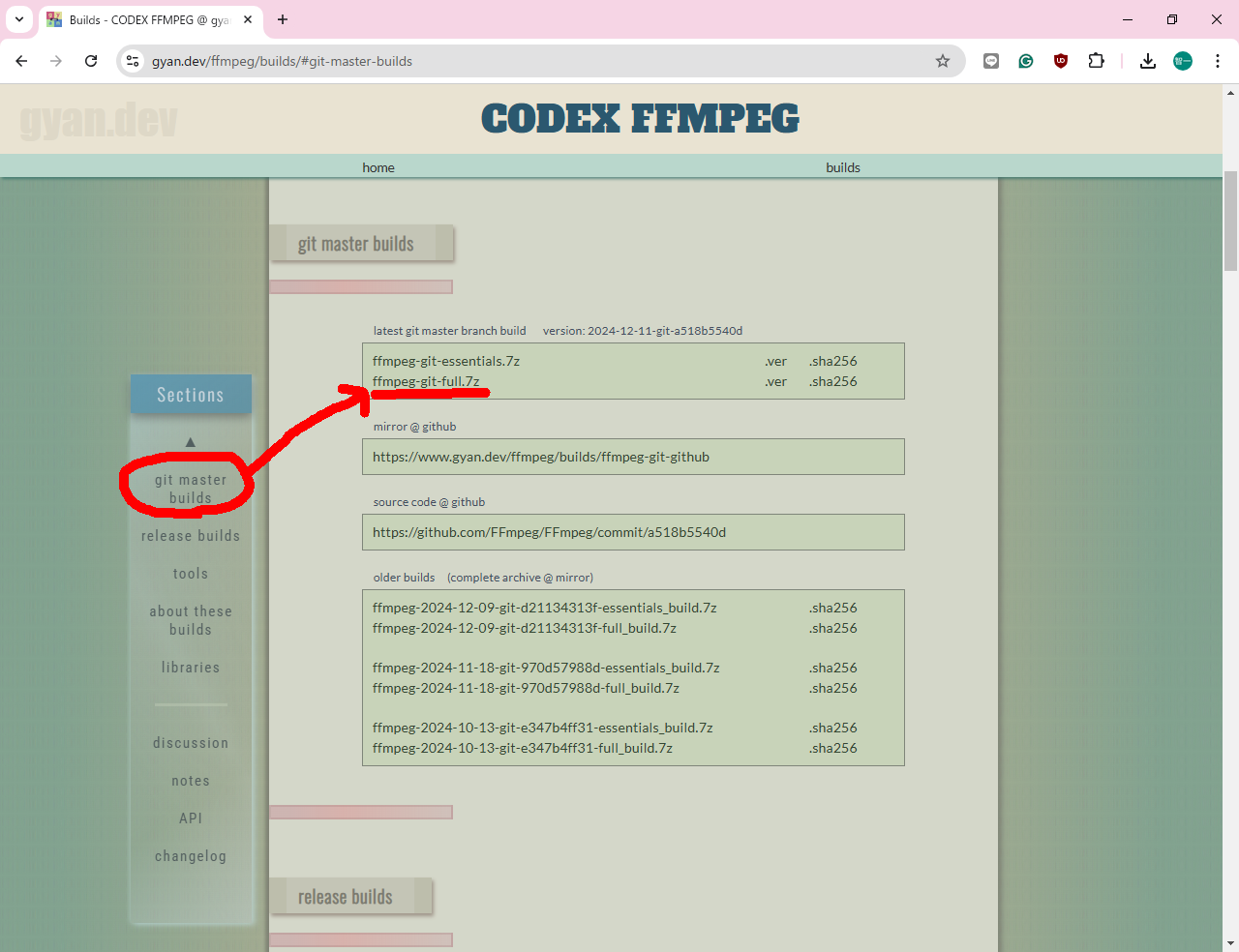我が家には玄関と庭に、24時間連続稼動のカメラを設置していて、動態状態を撮影し、それをログ(ラズパイ)に保管しています。(ちなみに使用しているカメラは私がジャンクとして拾ってきたものです)
We have cameras that run continuously 24 hours a day on our front porch and in our yard. They capture dynamic conditions and store them in a Raspberry Log. (By the way, the camera I am using is one I picked up as junk.)
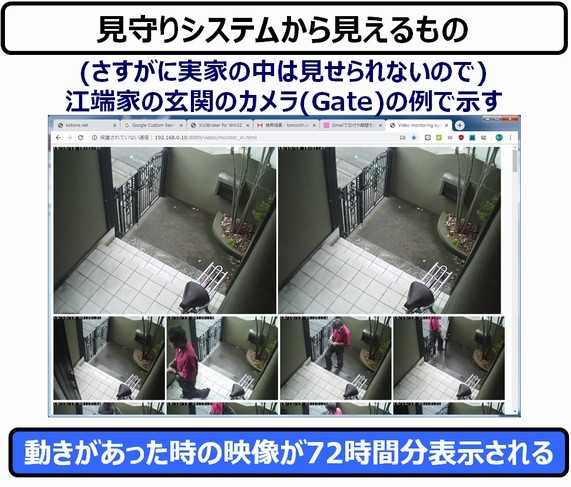
(↑クリックすると、コラムに飛びます)
(↑click to jump to the column)
我が家も長女が家を出て、来年は次女も就職で家を出るかもしれません。
Our oldest daughter has left home, and our second daughter may leave next year for a job.
つまり、来年から私たち夫婦の生活となり、遠くない未来に一人暮しになるはずです。
This means that we will be living together next year and should be living alone in the not-too-distant future.
その前に対策をしておくべきか、と考えております。
I should take action before that happens.
仮に強盗に襲われたとしても、山のように証拠映像を残しておけるようにしておこうと思います。
If I were to be robbed, I would try to keep a mountain of video evidence.
部屋の中にカメラを設置するのは抵抗がありますので、階段の天井に設置しておくか、と思っています(PoEによって、恐しく配線がラクになりました)。
I am uncomfortable installing a camera in a room, so I am considering installing it in the staircase ceiling (PoE makes wiring more manageable, I'm afraid).
サーバも、ラズパイから、クラウド(Amazon LightSail)で管理する方向で考えています。
I am also considering managing the server from Raspi to the cloud (Amazon LightSail).
-----
カメラ、といえば、私、色々な因縁があります。
Speaking of cameras, I have a lot of history.
長女から、「ついに"権力の犬"に成り下がったか」という感じで、問い詰められました。
実は、この話、警察から、カメラ設置の依頼を受けたのです。
This story is about a request from the police to install cameras.
多分、私は自宅の回りにカメラを設置しまくっていたので、『この家は、カメラ設置に対する心理的抵抗が低い』と思われたと思います(まあ、実際にその通りなのですが)。
Perhaps because I had installed cameras all around my house, people thought, 'This house has low psychological resistance to camera installation' (well, that's true).
まあ、我が家から提供したものは「電源」と、カメラを配置するための庭の一部です。映像転送装置をチラっと見たのですが、基本的な構成は私が作っているものと同じで、「警察も予算が苦しいんだなぁ」と、思ったものです。
Well, what we provided from our home was the “power supply” and part of the yard to place the cameras. I had a glimpse of the video transmission system, and the basic configuration is the same as what I am building, and I thought to myself, “I guess the police are struggling with their budget too.
「この警察からの依頼は、合法なのか?」 とも思いましたが、深く考えるのを止めました。『面白そう』という興味の方が勝りました。
I thought, “Is this request from the police legitimate?” But I decided not to think about it too much. I was more interested in the 'fun' aspect of it.
おそらく、容疑者の毎日の行動パターンを把握するためだったのだろう、と推認しています。
I surmise that it was probably to understand the suspect's daily behavior patterns.
犯罪者の皆さんは、私のような「権力の犬(の犬)」が、少なからず存在することを覚悟して下さい ―― というか、『犯罪者なら定住なんぞするな』と説教したくなります。
Criminals, please be prepared that there are more than a few “dogs(s) of power” like me. Or, as I would like to preach, “If you are a criminal, don't settle down.”
-----
今、私の視界には、実験用の5台のカメラがあります。
I now have five experimental cameras in my field of view.
江端家システムのセキュリティを破って、カメラのロックを外せれれば、私の部屋の中は覗き放題です ―― 私の部屋の中を見て何か楽しいことがあるのかは、私には分かりませんが、少なくとも私に恥をかかせることはできるでしょう。
If you can break the security of the Ebata family system and unlock the cameras, you can peek inside my room all you want -- I don't know if there is anything fun in looking inside my room, but at least you can embarrass me.
-----
私は『自分の家だけは、強盗に入られない』などという都合のよいことは考えていません。
I don't think, 'Only my house is burglar-proof.
高齢者宅はいつだって、強盗のターゲットです。
Elderly homes are always a target for burglars.
ただ、たとえ殺害されようとも、「ただでは殺られん」という気合はあります。
However, even if I am murdered, I am determined not to be killed easily.
ちなみに、我が家では、カメラだけでなく、殴打する武器(バット)なども、直ぐに取り出せる状態になっています。
Incidentally, in our house, not only cameras but also weapons (bats) for beating are ready to be taken out immediately.
強盗に金庫を開けるように言われたら、私は素直に開けます ―― が、金庫の中には、犯人を殺傷できる武器も入っています。
If a robber asks me to open a safe, I open it honestly -- but the safe also contains a weapon that can kill or injure the criminal.
という訳で ―― この平和な時代にあっても、「武装」という概念を持ち続けているシニアが存在していることを、覚えておいて下さいね。
-----
親や子どもの見守りシステムから、自分のための見守りシステムへのシフト ―― これが、歳をとる、ということなのだなぁ、としみじみと実感しています。
I realize with sincerity that growing old means shifting from a system of looking out for parents and children to a system of looking out for oneself.
